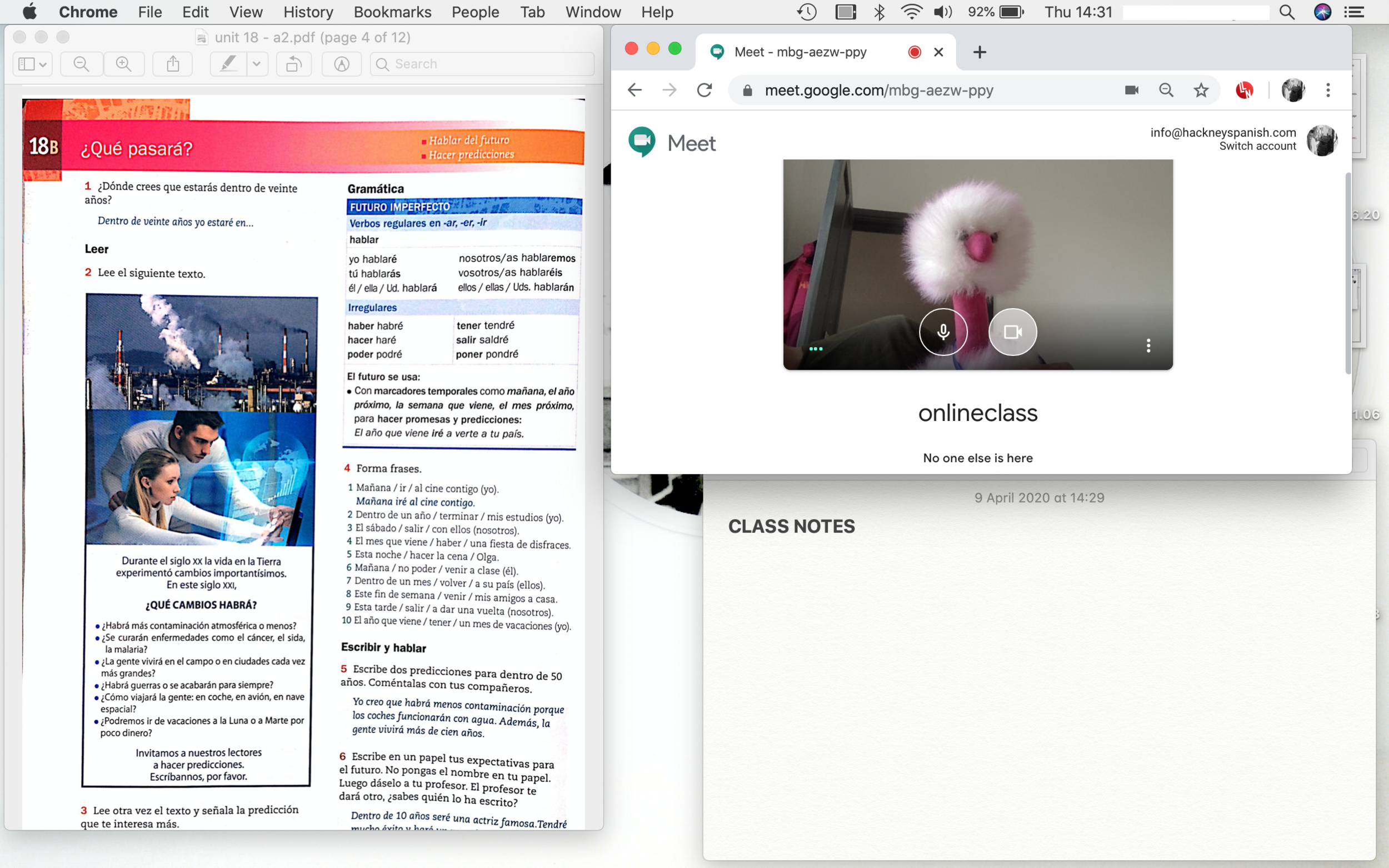Most aspiring polyglots in this age of digital convenience seek a panacea in language learning apps. They promise fast results, with the whole process gamified and a totally flexible system — learn whenever and wherever. But despite all of this, they might not be the best use of your time if you want to become truly fluent. Here's why you should reconsider your dependence on this digital tool and see into more effective ways of mastering a new language.
The Parrot Problem
This is one of the significant problems with language apps; they tend to turn their users into parrots. Repetition is surely key in language learning, but parroting sentences without understanding context, nuance, or cultural relevance only leads one to superficial knowledge. A lot of these apps are based around rote learning of phrases, which might help you in the purchase of a coffee in a foreign country but somewhat less in building a deeper conversation.
Language itself is necessarily social. It's a tool for communication, rather than being words and rules of grammar taken in isolation. Language apps do not have this interactive component that is present in real-life conversations. They only provide you with one form of interaction in which you respond to prompts—sayings, with little or no feedback on your pronunciation or context. This is very much unlike a real conversation, where you would listen, respond, and adjust on the fly.
They can lack customisation
No two learners are exactly alike; they will all have their strengths, weaknesses, and ways that they learn best. In general, language apps provide a one-size-fits-all approach in which the content and activities are the same for everyone. This lack of personalisation can be frustrating and inefficient. If you are struggling with a certain feature of the language, an app will not give you the tailored guidance to overcome this obstacle.
Overemphasis on vocabulary
While having a rich vocabulary is important, knowing many words does not mean that a person is fluent. Most language apps focus far more on the acquisition of vocabulary than on other crucial skills, in particular, learning how to listen and speak with the correct emphasis or intonation or stress patterns and about the culture of the host language. Fluency is the ability to use the language fluently and appropriately in different contexts, not just through memorising long word lists.
Alternatives to Language Apps
So, what are the more effective ways to spend your time learning a new language? Some alternatives can provide a more holistic and practical language learning experience:
Language Classes with a Tutor
This is, beyond doubt, the best way to learn a language. Personalised feedback from your human tutor, lessons that match your learning speed, and making live corrections are all benefits of learning with a great tutor. Even more significantly, classes are interactive and simulate honest life conversations where you are given practice to learn how to speak and listen in a supportive environment.
Language Exchange Partnerships
Having language exchange partnerships is another exceptional practice method. A language exchange partnership is a situation whereby individuals seeking fluency in a target language pair up with a native speaker who seeks to learn the partner's native language. It'll be reciprocal since both will have an equal share of talk in each language and, at the same time, be beneficial in speaking and knowing about one another's culture. It helps improve conversational skills by exposing you to colloquial expressions and slang that you might never hear within formal surroundings.
Immersive Experiences
Immersion is a powerful way to learn a language. If possible, spend time in a country where the language is spoken. Immersion surrounds you with the language in your daily interactions, and so, therefore, is the way to learn very quickly. If travel is not possible, it is always possible to create an immersion experience at home through movies, music, or books.
Attend Language Meetups and Clubs
Most cities have language meetups and clubs where learners can practice speaking in informal, social contexts. This would mean the chance to communicate with more than one person or compels one to remain in touch with various accents or speaking styles. They also add an element of fun and remove the inherent isolation in a study by inviting a sense of community and support within the group.


